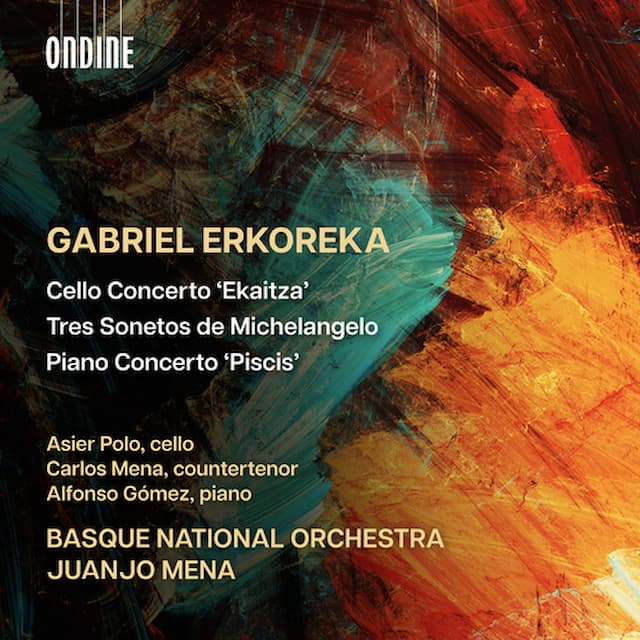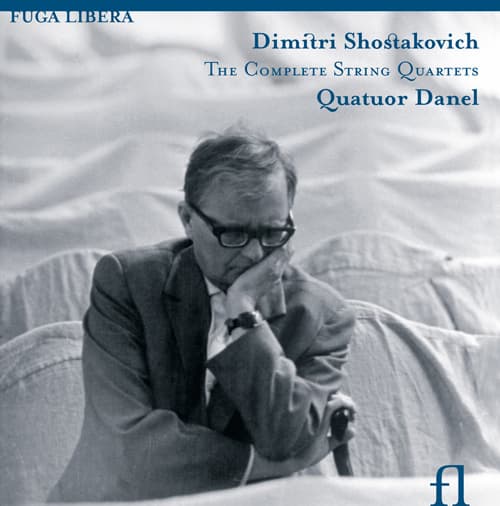French cellist Marie Ythier, a passionate advocate of contemporary repertoire, pays tribute to a young generation of composers with three works written for her on a new album Le Violoncelle En Partage. Released in May 2024 on B-Records, it is a collaboration with The Orchestre National Auvergne-Rhône-Alpes, the Ensemble Sillages, and Arne Deforce under the auspices of the Fondation Royaumont. She brings to life the avant-garde aesthetics of composers Augustin Braud, Matteo Gualandi, and Bastien David.
Thank you for agreeing to an interview with Interlude! How and with whom did you start cello playing?

Marie Ythier
When I was five years old, I wanted to play the piano, but there were no openings at the conservatory. The director then told my mother, “No worries! The cello teacher is excellent.” So that’s how I began the cello! He’d been a student of Stefan Popov, the Bulgarian cellist and long-time cello teacher at the Guildhall School of Music in London. My teacher was tremendous, and thanks to him I learned to love the cello.
When did you decide on a career playing the cello and what draws you to contemporary music?
I began to practice cello seriously and fell completely in love with the instrument by the age of twelve, I think due to playing more advanced and musically more interesting repertoire. I loved the sound of the cello.
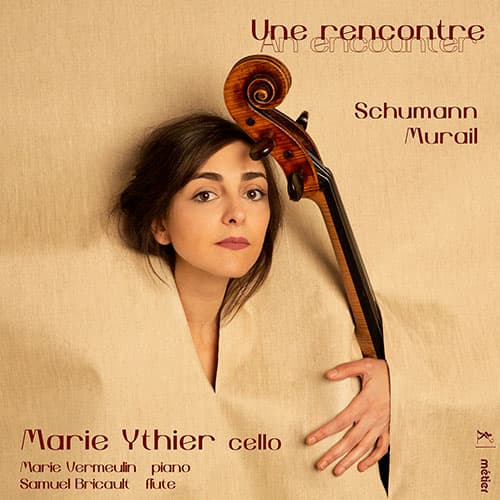
Schumann: Une Rencontre © Metier
Robert Schumann: 5 Stücke im Volkston (5 Pieces in Folk Style), Op. 102 (version for cello and piano) (Marie Ythier, cello; Marie Vermeulin, piano)
As to my taste for contemporary music, since childhood, I’ve enjoyed sound effects. I love improvising and learning new languages. Each composer with whom I work unveils new terrain. It fulfills my quest to broaden my connections with the world and ‘otherness’ through unique aesthetics. We as performers must, after all, play not only baroque, classical, and romantic repertoire but also works from our time and our generation.
How do you approach a brand-new work?
I think it helps that I am a curious and enthusiastic person! So, it is often a joy to discover something original and fresh. I try to really listen, to grasp the ideas and will of the composer, to understand how the piece is organized, and to figure out how to build gesture and breath within them.
How does it feel to actively participate and collaborate during the creative process?
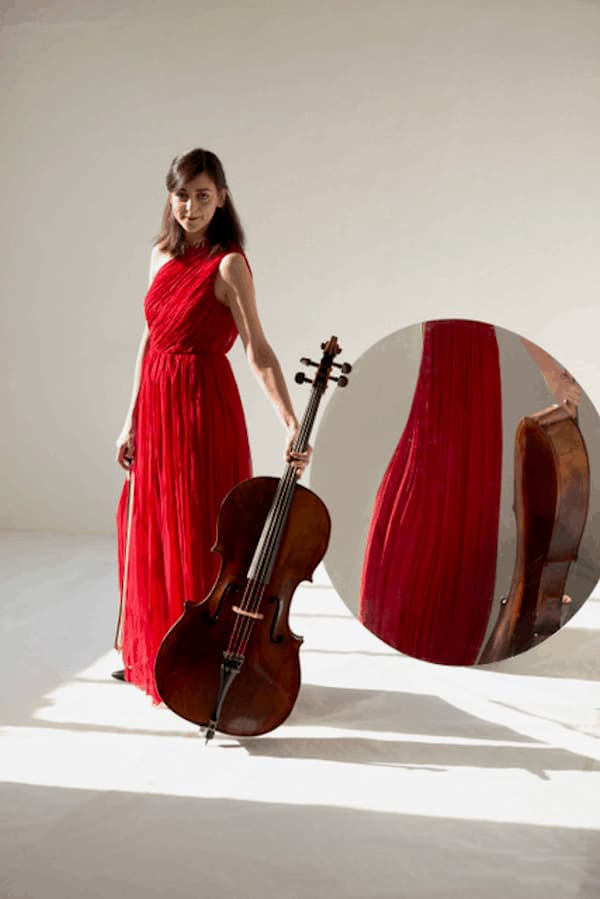
Marie Ythier © Divine Art Records
I often work with most of the composers. The process is multi-faceted. Prior to the written composition, when the idea for a work has germinated in the composer’s mind, we have several sessions to seek out the instrumental gestures on the cello, which will convey the composer’s vision best. Sometimes, during our experimentation, we find new vocabularies as it were. It is exciting. When I find distinctive ways of expressing innovative things, it often surprises me! It’s almost like a game, as we PLAY the cello. After this brainstorming, the composer goes back to his or her studio with these new ideas. When I receive the final score that’s when I give birth to the piece.
What are a few of the challenges you’ve encountered?
I remember a trial session with Bastien David for the first piece he wrote for me called Riff. While I was improvising, I found by chance, a new sound—a combination of harmonics and battuto (a form of col legno, the note is played with the stick of the bow, by hitting the note) on the same pitch, that is left hand pizzicato done on the same note. The discovery was like a child opening a Christmas gift! I really enjoy those moments of entering a marvelous new world!
I also remember working with Tristan Murail on perfecting the intonation of quartertones. I learned semitones are much bigger than I thought, allowing me to be much more precise! My ears changed after this experience.
Tristan Murail : C’est un jardin secret, ma soeur, ma fiancee, une fontaine close, une source scellee (version for cello) (Marie Ythier, cello)
It’s sometimes challenging when I play pieces for cello solo and electronics. I recall a piece with a new software called Sampo. I had to manage 8 pedals with just my two feet. I felt like an octopus!
Can you share any embarrassing moments when you performed these new works?
I was to perform Nomos Alpha, by Iannis Xenakis with dancers, my first time performing the piece. After 6 months of hard work, during the concert, due to the high intensity of the piece, my A-string snapped. I rushed off the stage to change the string, leaving the dancers in the lurch. I knew when I returned, because of the choreography, we’d have to start the piece from the very beginning again. That was intense!
The opening piece of Scelsi’s Voyages (Il allait seul) is based on a single note (B flat) with just a few variations of vibrato and quartertones. I play this B-flat for about 10 minutes. Soon the performer and the audience are drawn into a singular and unexpected state. Some of the spectators are completely immersed in the meditation, enjoying it, while others hurry to the exit. A single note for a such a long time stresses them out. It’s quite interesting to see!
Another time, when I played Bastien David Riff, for cello solo in a recital, someone in the audience laughed in delight at the end of the piece. It was so nice to hear. The piece is funny to play, and now I can say without any doubt it’s humorous to listen to!
Bastien David: Riff
How different might the notation of these works be? How would ‘non-musical’ sounds like in De l’un, l’autre be annotated?
When I premiere a piece written for me, the composer and I first meet and spend quite a bit of time trying things on the instrument before any notation is even written! As a result, I don’t have a problem because I already understand the gestures we discovered together, what he or she wants, and what I need to do to capture the composer’s world. This is the case in the cello concerto by Augustin Braud, De l’un, l’autre, and also Matteo Gualandi Fotografie rarissime di angeli, for cello solo. Both are on my new album Le Violoncelle en Partage.
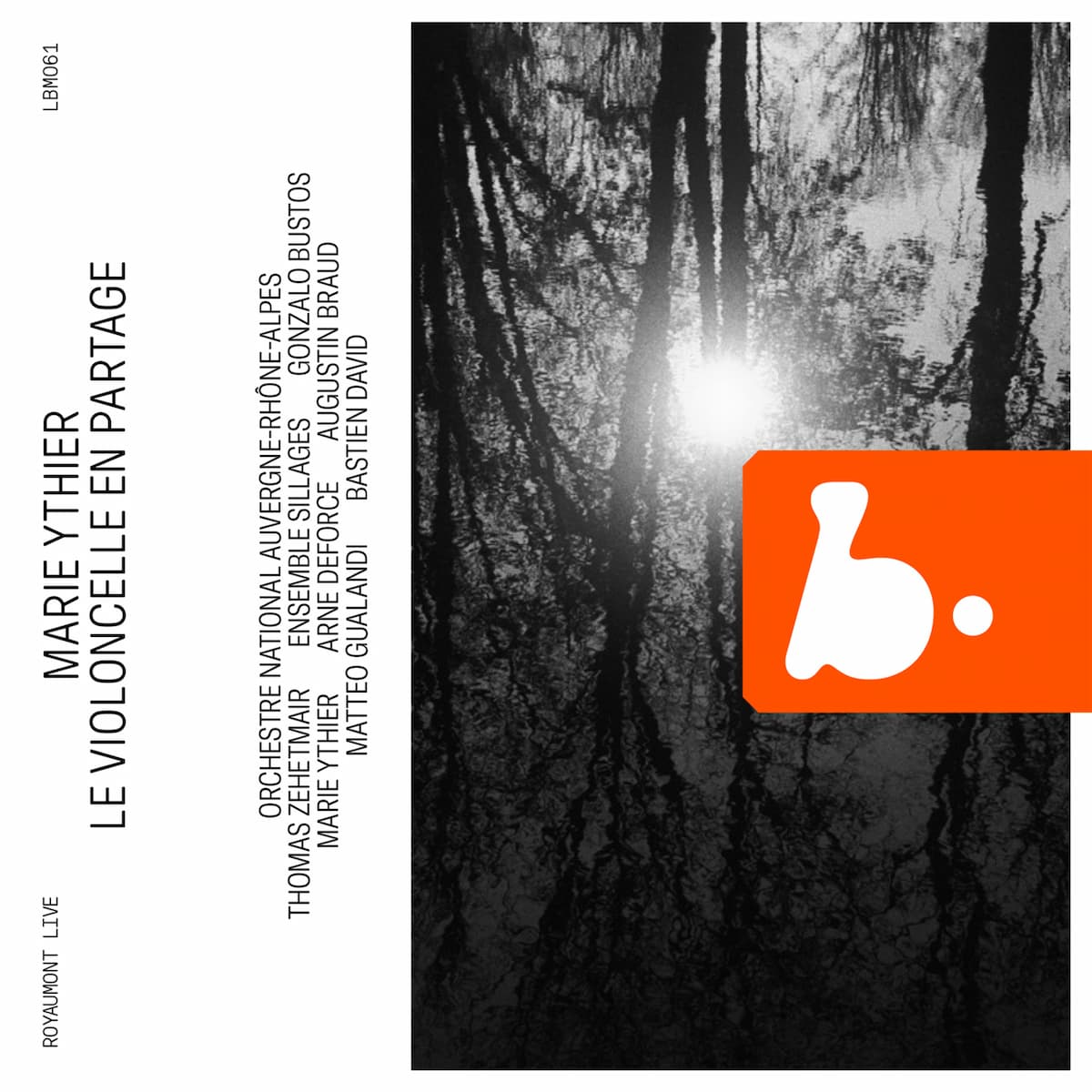
Marie Ythier: Le violoncelle en partage (Live) © B Records
Marie Ythier: Le violoncelle en partage (Live) – album preview
Augustin Braud (b. 1994): De l’un, l’autre (Live)
Matteo Gualandi (b. 1995): fotografie rarissime di angeli – I. (la fille, le feu) (Live)
For someone who doesn’t know anything about these pieces, the notation is a bit different. I am fortunate that Editions Henry Lemoine has offered to publish my collection of new pieces for cello with all my fingerings, revisions, explanations, and bowings. I hope this will help a new generation of cellists learn and perform those wonderful works!
As a professor of music and someone in demand for master classes, what guidelines do you suggest to your students when they study new music?
I often tell my students: don’t be afraid of the score! I really try to lead them through the sheet music the same way one would approach any piece of music—with precision, understanding, patience, intellectual honesty, and love. They should be as involved as possible with the repertoire. When I listen to a student who plays with these criteria and with commitment, I am touched.
Can you comment on any trends you see in today’s contemporary composers you have worked with?
I would say that the composers are free from schools or trends and that’s what I like in their music and why I work with them. I do see an evolution in the relationship to and perception of the world. We seem to be moving away from the Anthropocene, (the human impact on the earth, the ecosystems, and the climate), conveying more care to our natural world through art. But music is not about words. Music expresses that which we can only express with sound, and that is what I love.
A poetic thought. Let’s leave our readers with your performance of this wistful cello melody from Schumann’s Kinderszenen arranged by composer Tristan Murail.
For more of the best in classical music, sign up for our E-Newsletter
Robert Schumann: Kinderszenen (Scenes of Childhood), Op. 15 (arr. T. Murail for flute, cello and piano) – No. 12. Kind im Einschlummern (Child Falling Asleep) (Samuel Bricault, flute; Marie Ythier, cello; Marie Vermeulin, piano)

